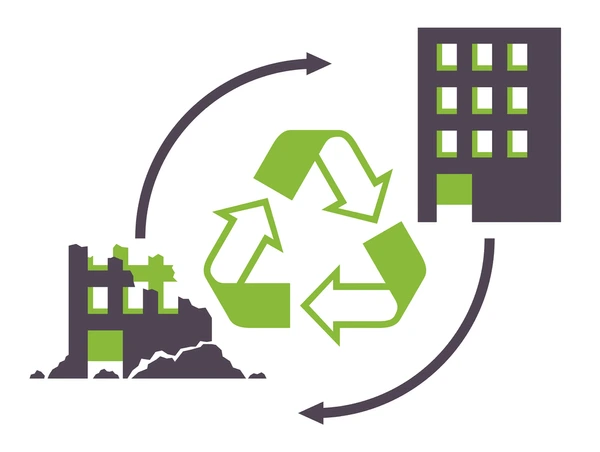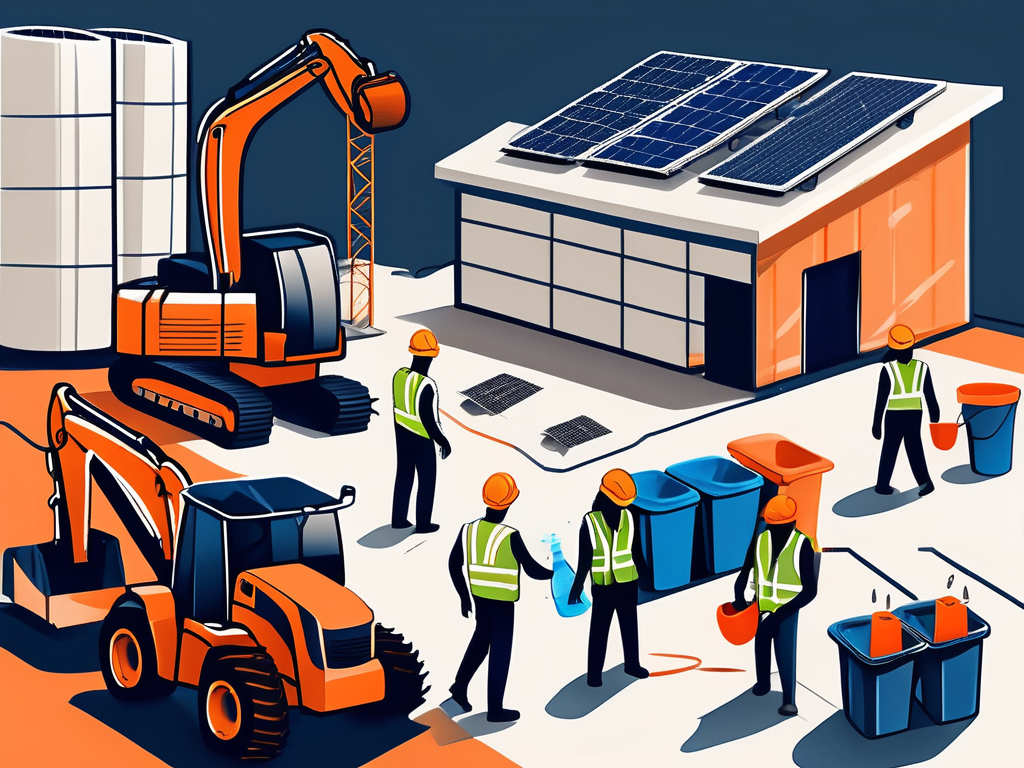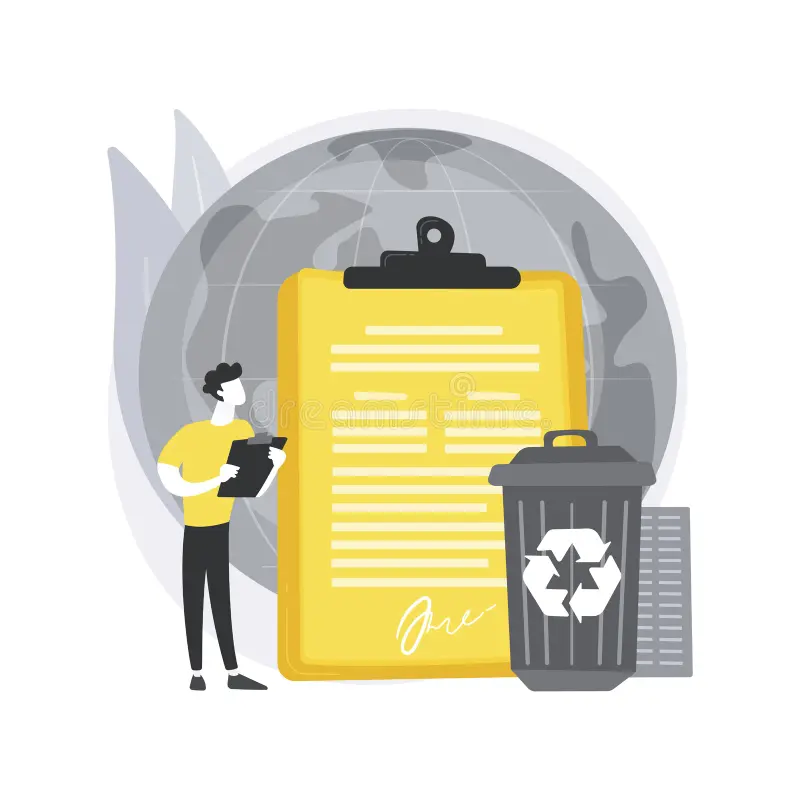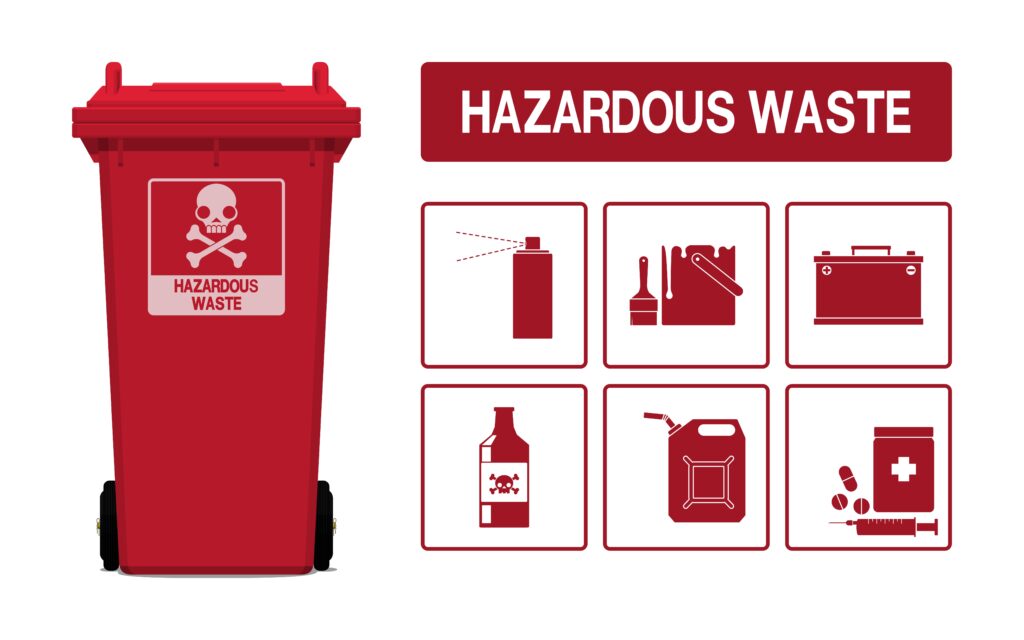Recycling and Disposal of Construction Waste: Environmental Regulations in Canada
Construction and renovation projects generate significant amounts of waste, from discarded building materials to debris such as concrete, metal, wood, and drywall. Improper disposal of construction waste can have a detrimental impact on the environment, contributing to landfill overcrowding, pollution, and the waste of valuable resources. To address these challenges, Canada has implemented strict regulations for the recycling and disposal of construction waste. These regulations encourage sustainable practices, promote resource recovery, and minimize the environmental footprint of construction activities. In this article, we will explore the key environmental regulations governing construction waste management in Canada, the importance of recycling in the industry, and best practices for responsible waste disposal.

The Environmental Impact of Construction Waste
Construction and demolition (C&D) waste accounts for a significant portion of total waste generated in Canada. Much of this waste ends up in landfills, where it contributes to methane emissions, soil and water contamination, and the loss of recyclable materials. Some common types of construction waste include:
- Concrete, bricks, and asphalt: These materials are typically generated during the demolition of old structures or the excavation of construction sites.
- Wood and lumber: Wood waste comes from the framing, flooring, and other wooden components of buildings.
- Metals: Steel, aluminum, and copper are commonly used in construction and can often be recycled.
- Drywall: Used in interior walls and ceilings, drywall waste is common during renovations.
- Plastics: Construction plastics include insulation, PVC pipes, and packaging materials.
Recycling and reusing construction materials not only reduces the environmental impact of building projects but also conserves natural resources and reduces the need for raw material extraction.
Key Environmental Regulations Governing Construction Waste in Canada
Canada has implemented various environmental regulations and guidelines to ensure that construction waste is managed responsibly and sustainably. These regulations are designed to reduce the amount of waste sent to landfills, promote recycling and resource recovery, and prevent the release of hazardous substances into the environment.

1. Canadian Environmental Protection Act (CEPA)
The Canadian Environmental Protection Act (CEPA) is a key piece of federal legislation that regulates the management and disposal of hazardous waste, including certain construction materials. Under CEPA, contractors and construction companies must follow strict guidelines for handling hazardous substances such as asbestos, lead, and mercury, which are often found in older buildings being renovated or demolished.
CEPA also promotes the reduction of waste generation through sustainable practices and resource recovery, encouraging the recycling and reuse of construction materials wherever possible.
2. Provincial and Territorial Regulations
Each province and territory in Canada has its own regulations governing the recycling and disposal of construction waste. These regulations often include requirements for waste sorting, recycling, and the proper disposal of hazardous materials.
For example:
- Ontario: In Ontario, the Environmental Protection Act (EPA) mandates that construction and demolition waste must be sorted, and recyclable materials such as wood, metal, and concrete must be diverted from landfills. The province also has regulations for the safe disposal of asbestos and other hazardous materials.
- British Columbia: British Columbia’s Waste Management Act sets strict guidelines for managing construction waste, including recycling targets for specific materials. The province has a robust recycling infrastructure that encourages contractors to recycle materials like concrete, wood, and metals.
- Alberta: Alberta’s Waste Control Regulation outlines procedures for managing construction waste and emphasizes the recycling and reuse of materials. The regulation requires that hazardous waste, including lead-based paint and asbestos, be properly identified and disposed of according to provincial standards.
3. Municipal By-laws and Recycling Programs
Municipalities in Canada play a significant role in regulating the disposal of construction waste. Many cities and towns have implemented by-laws that require contractors to submit waste management plans before starting construction or demolition projects. These plans must outline how waste will be managed, including the methods for recycling, reusing, and disposing of different types of materials.
Some municipalities also offer specialized recycling programs for construction and demolition waste. For example:
- Toronto: The City of Toronto requires construction projects over a certain size to divert a minimum percentage of waste from landfills. The city offers resources and programs to help contractors recycle materials such as concrete, metals, and wood.
- Vancouver: Vancouver has implemented zero waste policies that require developers to maximize recycling and reuse of construction materials. The city also operates a deconstruction permit program that encourages the dismantling of buildings in a way that salvages as much material as possible for reuse.

The Importance of Recycling in Construction
Recycling construction waste is a critical component of sustainable building practices. By diverting materials from landfills and reintroducing them into the construction supply chain, the industry can conserve natural resources, reduce greenhouse gas emissions, and lower the environmental impact of building projects. Some of the key benefits of recycling in construction include:
- Reduced landfill use: Recycling construction materials prevents them from ending up in landfills, where they can take years or even decades to decompose.
- Conservation of raw materials: Recycling materials like metal, concrete, and wood reduces the need for new raw materials, conserving forests, minerals, and other natural resources.
- Energy savings: Recycling materials uses less energy than producing new materials from raw resources. For example, recycling steel requires significantly less energy than mining and refining new steel.
- Lower carbon emissions: By reducing the demand for raw materials and minimizing landfill waste, recycling helps reduce the carbon footprint of construction projects.
Best Practices for Recycling and Disposal of Construction Waste
To comply with environmental regulations and adopt sustainable construction practices, contractors and property owners should follow best practices for managing construction waste. These practices not only ensure regulatory compliance but also improve project efficiency and reduce costs.

1. Create a Waste Management Plan
Before beginning any construction or renovation project, it’s important to develop a comprehensive waste management plan. This plan should outline how waste will be handled, sorted, and disposed of throughout the project. Key elements of the plan should include:
- Identifying recyclable materials: Determine which materials, such as wood, concrete, and metals, can be recycled or reused.
- Sorting and segregating waste: Ensure that different types of waste are sorted at the source, making it easier to recycle materials and reduce contamination.
- Working with recycling facilities: Partner with local recycling facilities to ensure that materials are processed and reused properly.
2. Salvage and Reuse Materials
One of the most sustainable ways to manage construction waste is to salvage and reuse materials from existing structures. This process, known as deconstruction, involves carefully dismantling buildings to recover materials like bricks, timber, and fixtures for reuse in new projects. Salvaging materials not only reduces waste but also preserves valuable resources that would otherwise be discarded.
In some cases, salvaged materials can be repurposed for aesthetic or functional elements in new construction projects, providing a unique and sustainable design feature.
3. Recycle Construction Materials
Many construction materials can be recycled and processed into new products. Some common materials that should be recycled include:
- Concrete and asphalt: These materials can be crushed and reused as aggregate for new construction projects, such as roadbeds or foundations.
- Metals: Steel, aluminum, and copper can be recycled indefinitely without losing their properties. Scrap metal from construction projects should always be sent to recycling facilities.
- Wood: Recycled wood can be repurposed for new building materials, furniture, or even bioenergy.
- Drywall: Gypsum from drywall can be recycled into new drywall products or used as a soil conditioner in agriculture.
4. Proper Disposal of Hazardous Materials
Some construction waste, such as asbestos, lead paint, and chemicals, is classified as hazardous and requires special handling and disposal. It’s essential to identify hazardous materials early in the project and follow the proper protocols for their removal and disposal. This includes working with certified professionals who specialize in hazardous waste management and ensuring that all hazardous materials are disposed of at licensed facilities.

5. Comply with Local Regulations
Each municipality and province may have different requirements for construction waste management. Contractors and property owners should familiarize themselves with local regulations and ensure that their projects comply with all applicable laws. This includes obtaining the necessary permits, submitting waste management plans, and adhering to recycling and disposal guidelines.
Incentives and Programs for Sustainable Construction Waste Management
To encourage sustainable construction practices, many governments and municipalities offer incentives and programs that support the recycling and reuse of construction materials. These programs help offset the costs of recycling and promote environmental stewardship in the construction industry.
For example:
- Green building certification programs: Certifications such as LEED (Leadership in Energy and Environmental Design) and BOMA BEST reward construction projects that prioritize sustainable waste management and recycling. Achieving certification can make projects eligible for grants, tax incentives, and other benefits.
- Municipal recycling programs: Many municipalities offer free or subsidized recycling services for construction materials, making it easier for contractors to divert waste from landfills.
- Government grants and rebates: Some provinces and municipalities offer financial incentives for construction projects that incorporate recycling and waste reduction practices. These grants can help cover the costs of recycling and make sustainable practices more accessible.
Conclusion
The responsible recycling and disposal of construction waste are essential components of Canada’s efforts to reduce landfill use, conserve natural resources, and mitigate the environmental impact of building projects. By following federal, provincial, and municipal regulations, contractors and property owners can ensure that their construction waste is managed sustainably. Implementing best practices, such as developing waste management plans, recycling materials, and properly disposing of hazardous substances, contributes to a more sustainable construction industry and helps protect Canada’s environment for future generations.
